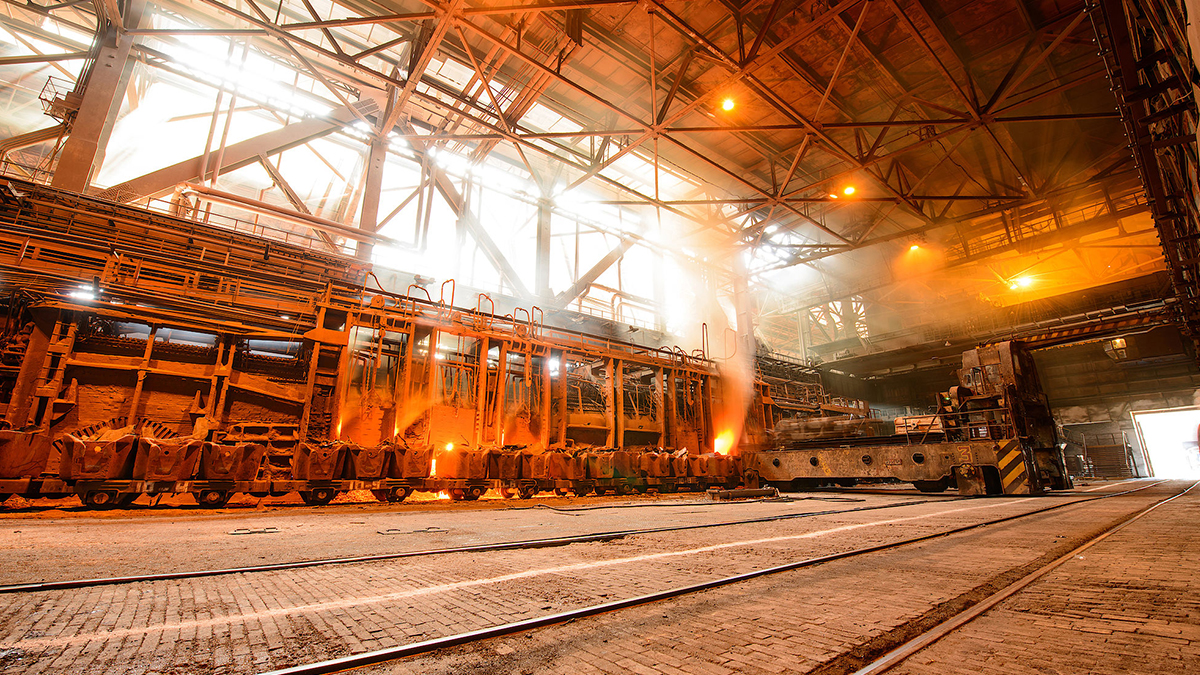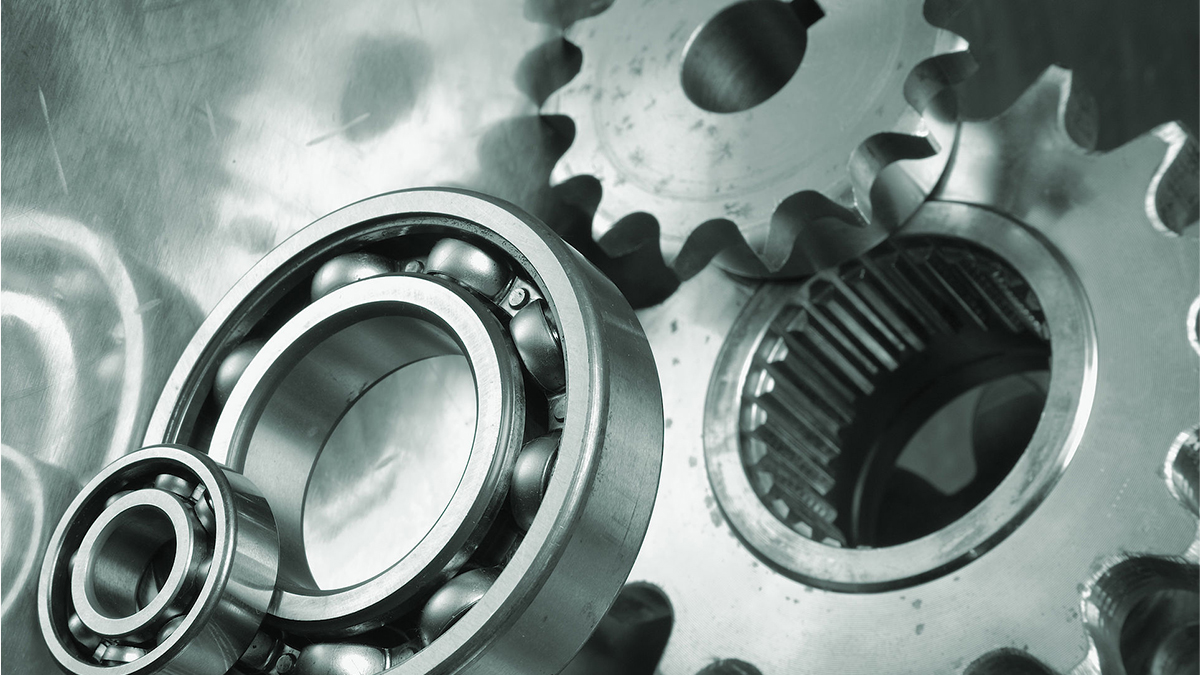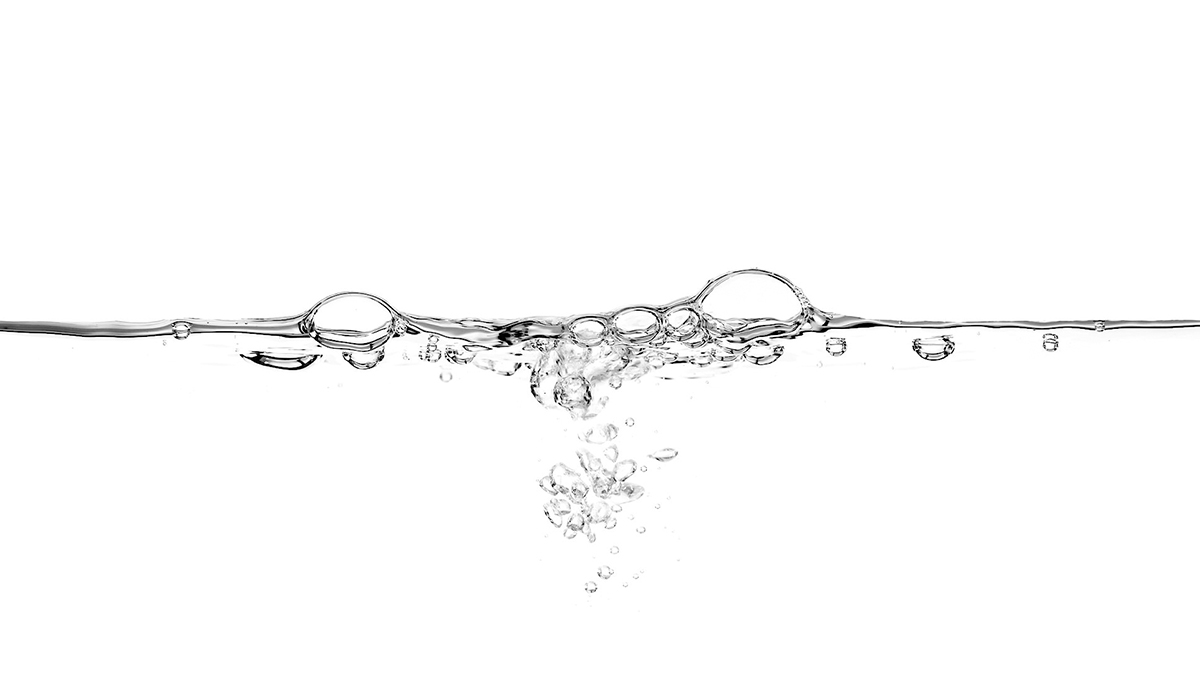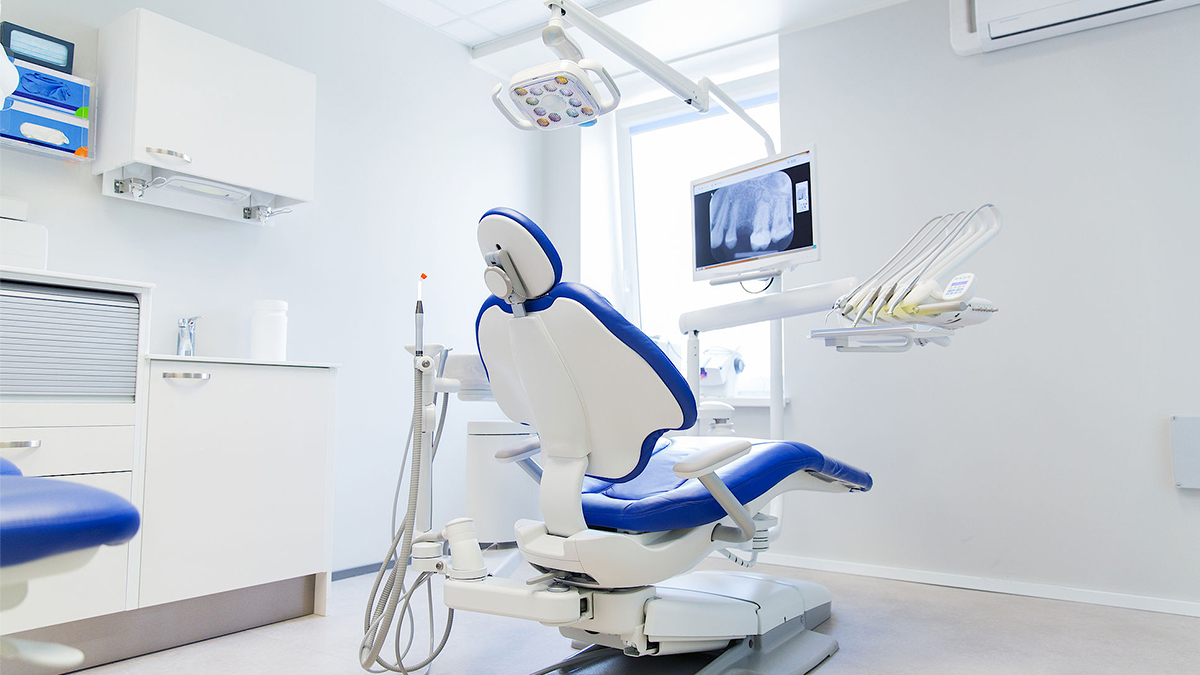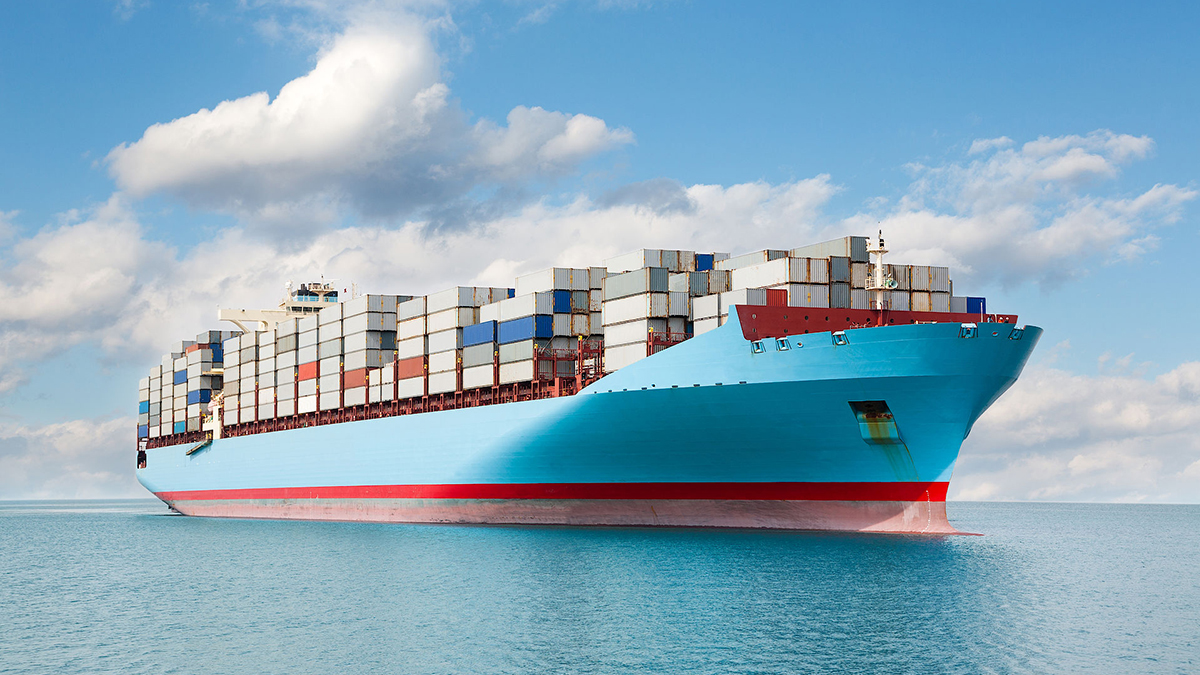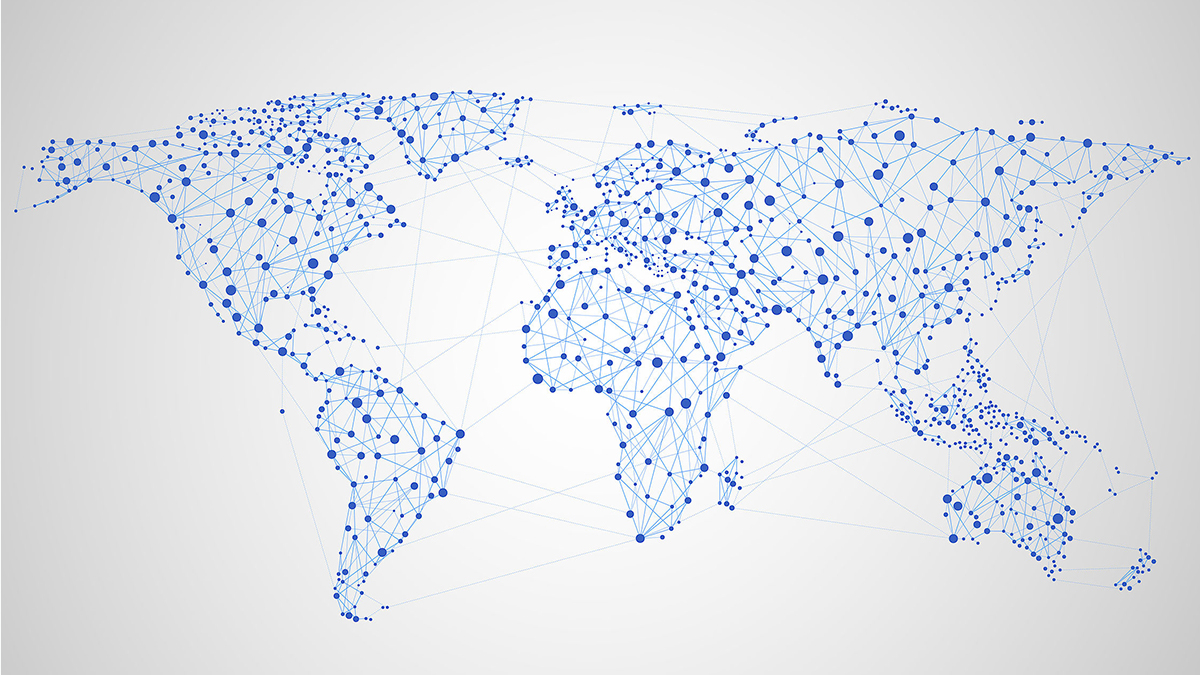Market News
Located in the southern hemisphere, Australia has the world's fourteenth largest economy. It is rich in natural resources and is the world's largest producer of iron ore, gold, and uranium. Australia is also one of the world's leading exporters of wool, meat, wheat, and cotton. The service industry occupies a dominant position in the Australian economy. The fastest-growing ones are business and financial services. Travel and tourism-related to secondary and higher education are also important industries in Australia.
2021-07-05 19:11:04
In terms of 2019 data, India is the world's 10th largest machine tool producer and the world's 8th largest machine tool consumer. The Indian government has set a target for India’s manufacturing output value to account for 25% of GDP by 2025. Together with the prime minister’s active promotion of "Made in India", it will bring a huge boost to the demand for machine tools in India. The Indian machine tool market still has considerable development potential, and the Indian manufacturing market is rising rapidly.
2021-07-05 14:21:18
With the spread of the US-China trade war, the development and business opportunities of Vietnam's industrial manufacturing have been accelerated. In recent years, Vietnam’s economic situation has performed well. In 2018, Vietnam’s average national income per capita reached US$2,590, an increase of US$200 from 2017 and 1.23 times that of 2015. The Vietnamese government is working hard to promote the development of the manufacturing market and set the goal of becoming an industrial power.
2021-07-01 18:52:12
Zero Liquid Discharge (ZLD) technology is to pretreat and evaporate industrial wastewater, collect the condensed water distilled from the zero liquid discharge system for water recycling applications, and send unevaporated solids to landfills or use them as valuable salt. Class by-products are reused. In 2018, the global ZLD market demand was approximately 5,442 million U.S. dollars, with the largest industrial application being the energy and power industries, followed by the petrochemical and chemical industries.
2021-06-29 21:33:34
In recent years, the world has been affected by extreme climates, and the supply of water services has begun to face major changes and tests, causing the world to face more serious water shortage problems. The fierce competition for water resources comes from the fact that the earth will face a 40% water shortage from 2030.
2021-06-29 18:25:09
In response to the COVID-19 epidemic, various countries have issued a series of bans, city closures and traffic restrictions, driving the demand for housing, working at home, online shopping, and home entertainment. This in turn has driven the demand for 3C products such as information and communications products. Among these, display panels have shown one of the greatest increases in demand, and the global display screen equipment market grew by 19% in 2020, reaching USD 13.52 billion.
2021-06-24 09:14:53
In 2018, the global audio and video equipment market was valued at approximately US$160.4 billion. It has declined at a compound annual growth rate (CAGR) of -1.86% since 2014. It is expected to decline slightly at a compound annual growth rate (CAGR) of -0.05% until 2022 of US$160.1 billion.
2021-06-21 18:30:42
Transportation is the main artery of the city. A well-functioning transportation system must be closely linked with the three major elements of "people, vehicles, and roads." In order to optimize traffic efficiency and optimize the energy use and mobility efficiency of cities, countries have introduced smart mechanisms in recent years.
2021-06-16 19:38:51
The United States, the European Union, and China are the world’s three largest economies, which together are estimated to account for 60.92% of the global economy in 2021.
2021-06-15 20:25:45
South Korea is a country lacking natural resources. Its economic development is export-oriented, and its industrial structure is dominated by heavy chemical industries. The five major industries, including automobiles, shipbuilding, semiconductors, steel, and smartphones, earn a lot of foreign exchange for the country's economic growth.
2021-06-09 13:17:21
Hot Topic
Agree

